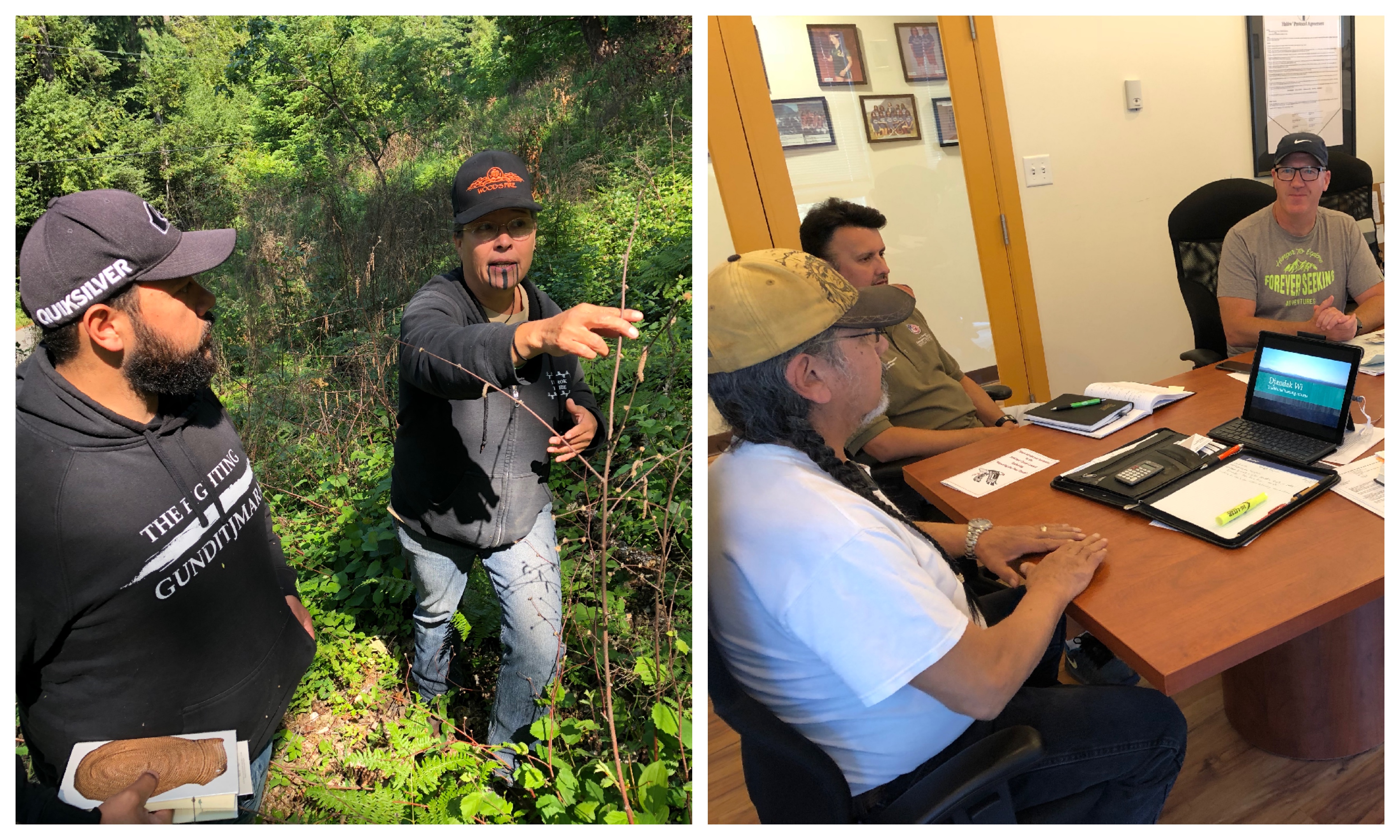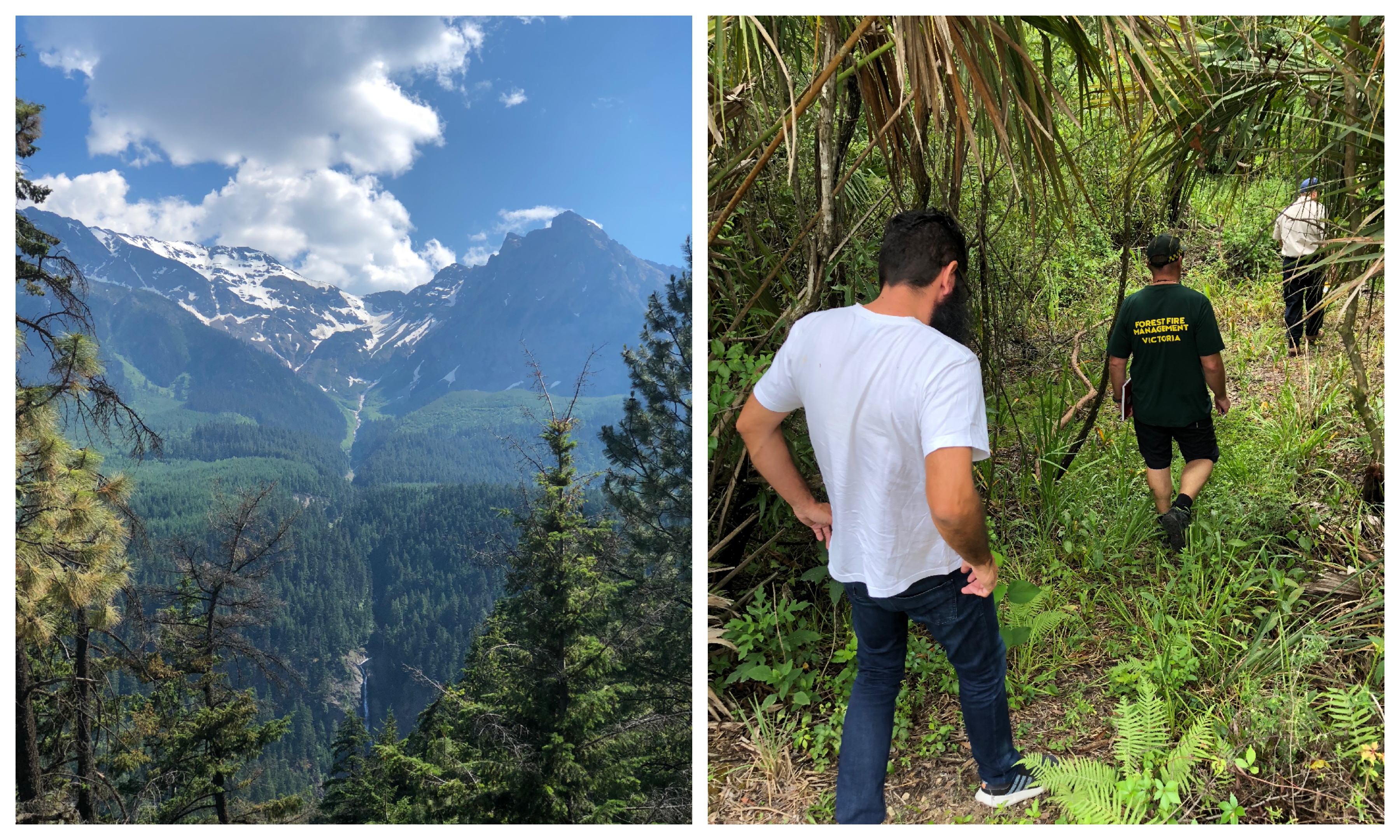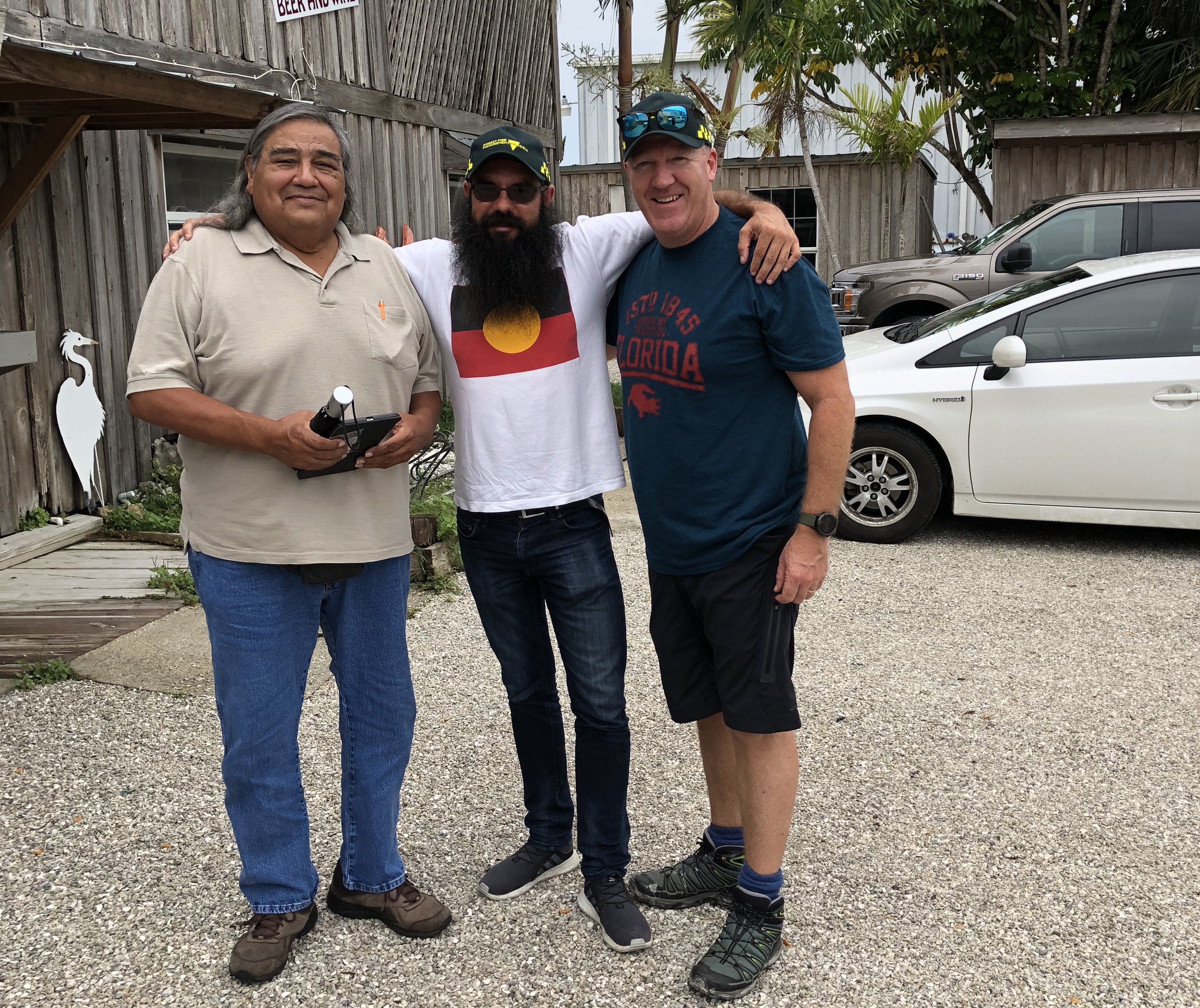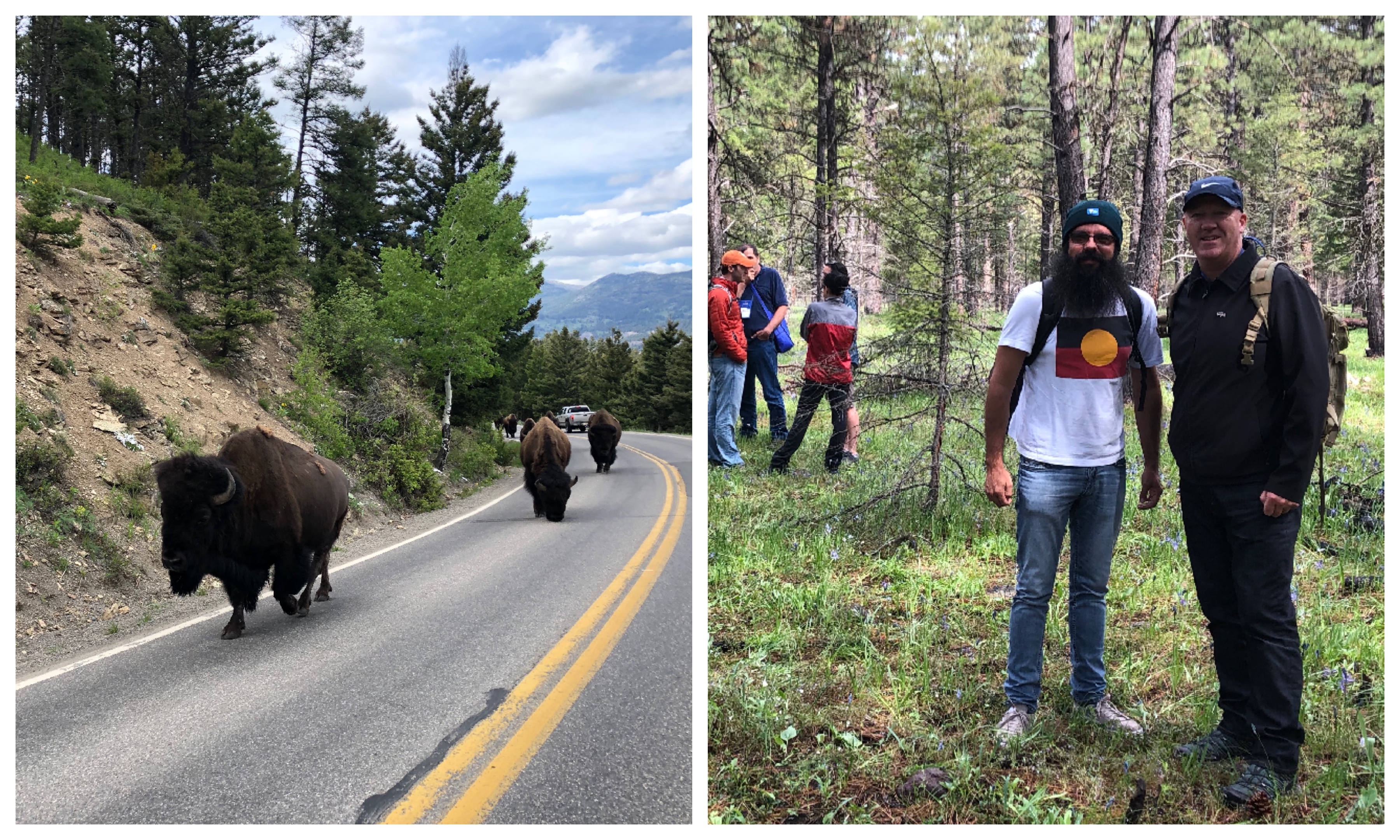The aim of my Fellowship was to create close partnerships with and employment for Traditional Owners in fire and land management, with a focus on seeing how other jurisdictions were working with Traditional Owners to return Cultural Burning to Country in the United States and Canada. Although Cultural Burning by Aboriginal people is a regular occurrence in northern Australia, very little has occurred in Victoria, in large part due to the impacts of colonisation, lack of access to public lands for Traditional Owners to practice culture and the high risks associated with undertaking burning in a significantly modified environment with a large population. Recognising efforts to reintroduce Cultural Burning in other jurisdictions with similar histories and agency/Traditional Owner relationships, I applied for and was awarded The Lord Mayor’s Bushfire Appeal Churchill Fellowship.

In total I have recommended ten key actions. One foundational learning was for the legal rights and connection of Aboriginal people to Country to be recognised and, where possible, formal agreements between government agencies and representative Aboriginal parties to guide and hold parties accountable. Another key learning was that trust must be actively established between parties, Aboriginal and non-Aboriginal. This must go beyond normal external relationship management and will require new methods of engagement. This includes agency employees going beyond their official roles to build ongoing relationships and building trust over time to sustain healthy ongoing partnerships and collaborations.
Another recommendation is to develop a knowledge repository and network to allow sharing of information on Cultural Burning issues across jurisdictions. This has been accepted by Forest, Fire Management Victoria and the Country Fire Authority, and I am currently leading a joint project called Safer Together – Support Cultural Burning, to remove barriers and support Traditional Owners in Victoria to practice Traditional Fire knowledge on Country.

I was fortunate to share my Fellowship journey with two Australian Aboriginal men: Trent Nelson, a Dja Dja Wurrung /Yorta Yorta man and Tim Kanoa, a Kerrupmara man of the Gunditjmara Nation. Together we explored the iconic landscapes of North America. We discovered surprising and unexpected similarities across the Pacific; the impacts of colonisation were strikingly similar, Cultural Fire and land management practises were also remarkably similar, even the stories about the ‘getting of fire’ by the people and how fire was used as a land management tool were uncannily alike.
Travelling and sharing the journey with Trent and Tim and the strength of the relationships that have been created was unexpected and personally transformative and I feel very privileged to have been given insights into their world as Aboriginal men. Meeting Traditional Owners in North America and Canada with Trent and Tim present added another dimension to my Fellowship, one that I hadn’t fully appreciated until we travelled. The acceptance and openness that we received was in no small part due to the commonality of experiences shared by indigenous people here in Australia and the Americas because of colonisation and its impacts.

Since returning, I have been greatly supported by my own organisation, the Department of Environment, Land, Water and Planning here in Victoria. My original focus of leading this work within my own agency that manages public land, has shifted to helping lead a multi-agency group that is helping Traditional Owners to access Country regardless of land tenure, to participate in Cultural Burning if this is a priority for them.
Travelling overseas, meeting many Traditional Owners and working very closely with the Dja Dja Wurrung members in central Victoria has helped me understand the role that non-Aboriginal managers like me must play and importantly what not to do. Our role is not to lead in this area but to be enablers in this endeavour. As one land manager in America put it, “Your role as a non – native, is really just to get out of the way”.
That distinction is quite a profound one and the focus of a lot of the work I have undertaken in my own organisation and in informing and educating others in land and fire management agencies more broadly. I think of my role now not only as an internal champion for the real benefits of Cultural Burning but more so on helping non-Aboriginal managers understand how to be a respectful and effective enabler.
Since publishing my report I have been asked to lead the state-wide multi agency project to support Cultural Burning across all land tenures in Victoria. In addition to receiving a lot of local media, and some national coverage, I have also been invited to present at several national and international conferences. Trent Nelson and I recently presented at the 6th International Fire Behaviour and Fuels Conference in Sydney, receiving extremely positive feedback. Several academics and Traditional Owner groups are citing our work as the best anywhere of its type in creating a partnership and establishing ethical dialogue between the State and Traditional Owners.
Over the next five years I would like to fully integrate Cultural Fire into Victoria’s fire and land management practices, ensuring Traditional Owners are the lead and agencies enable this by removing regulatory barriers and assist in building capacity and capability of Traditional Owner groups. So much momentum is occurring that I am confident this will be achieved. The Victorian Traditional Owner Cultural Fire Knowledge Group released The Victorian Traditional Owner Cultural Fire Strategy, a very significant step in the right direction.
